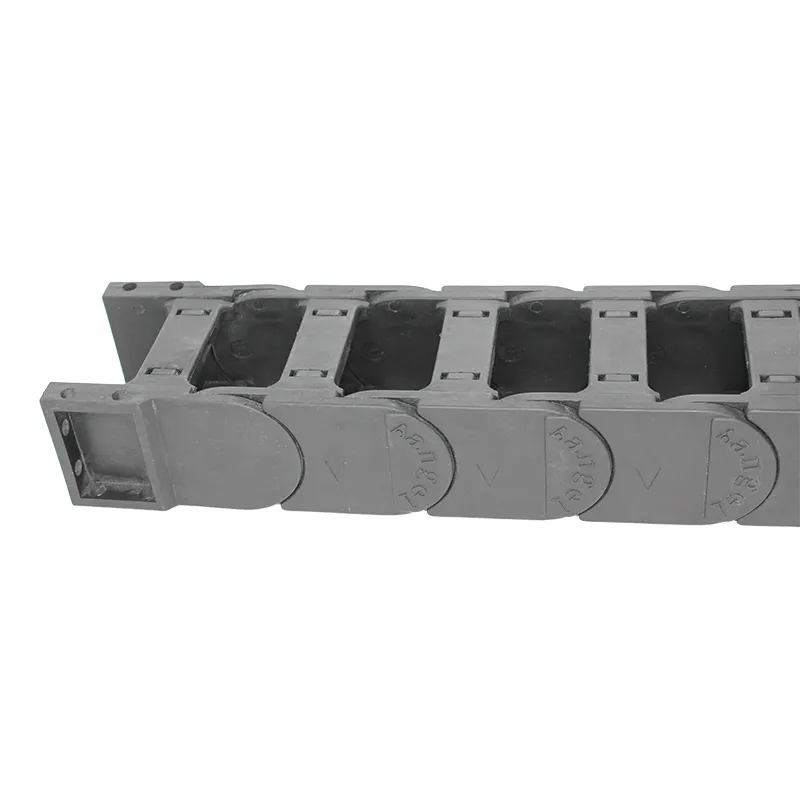Drag Chain Compatibility - Enhance Your Systems Efficiency
Understanding Drag Chain Compatibility An Essential Guide
In the realm of industrial automation and machinery, the term “drag chain” refers to a vital component designed to manage and protect moving cables and hoses. These drag chains are critical in systems where repeated motion occurs, such as robotic arms, conveyor systems, and CNC machines. However, not all drag chains are created equal, and compatibility is a significant factor to consider when selecting the right drag chain for your application.
What is a Drag Chain?
A drag chain is an engineering solution that guides and supports cables, electrical wires, hydraulic hoses, and pneumatic tubing. They are typically made of durable materials like plastic or metal and are constructed to ensure minimal wear and tear on the cables as they move. Drag chains allow for smooth operation, preventing tangling and reducing the risk of damage to sensitive wiring and hoses, thus improving overall system reliability.
Importance of Drag Chain Compatibility
When integrating a drag chain into an existing system, compatibility with the machinery and the environment is paramount. Several factors contribute to this compatibility, including size, weight capacity, materials, and the specific application requirements. Ensuring that the drag chain matches the necessary specifications can lead to enhanced performance, decreased downtime, and increased lifespan for cables and hoses.
1. Size and Dimensions The dimension of the drag chain must accommodate the number and size of cables or hoses it will carry. A drag chain that is too small can lead to undue stress on the cables, while an oversized chain may create a loose fit that can hinder movement.
2. Material Selection The material of the drag chain should be suitable for the environment it operates in. For instance, a drag chain exposed to high temperatures or corrosive substances must be made from heat-resistant or chemically stable materials to prevent deterioration.
drag chain compatible

3. Weight Capacity Each drag chain has a specified weight limit. Therefore, ensuring that the total weight of the bundled cables and hoses remains below this limit is crucial to prevent mechanical failure.
4. Motion Requirements Different applications have varying requirements regarding the type of motion—linear or rotational. The drag chain must be compatible with the type of motion to ensure optimal performance.
Common Applications
Drag chains are utilized in various industries—from manufacturing to aerospace. They play an integral role in
- Robotics Facilitating the seamless movement of electrical wiring and hoses in robotic arms. - Conveyor Systems Keeping electrical and pneumatic lines organized and functional in automated conveyor setups. - CNC Machines Protecting and guiding cables to ensure precision and reliability during operation.
Conclusion
In summary, choosing a drag chain compatible with your specific application is essential for achieving optimal performance. A well-matched drag chain not only improves operational efficiency but also enhances the longevity of cables and hoses, reducing maintenance costs in the long run. As technology continues to evolve, the development of advanced drag chain designs that accommodate various industrial applications is likely to expand, providing even more innovative solutions for managing complex cable assemblies. Always ensure the right compatibility when selecting a drag chain; it can make all the difference in your operational success.








